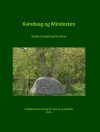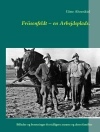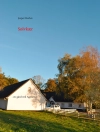This publication aims to investigate the nature of social life in public and urban spaces in the cities of the Middle East, considering the value of environmental approaches. It aims to develop a better understanding of the patterns of social interactions and activities in public places, which have been influenced by cultural heritage values.
Sustainable and livable open spaces can help in improving living conditions in cities. Public spaces are relevant as they satisfy many human needs. In public spaces, people interact and meet; people with different cultures and social backgrounds can communicate and learn from each other in social and spontaneous ways. However, decision-makers tend to forget the value of public spaces, especially in the absence of a national regulatory framework in emerging globalized cities.
The book provides a multi-disciplinary approach in reading the characteristics and values of public spaces in the emerging cities of the Middle East.
Tabela de Conteúdo
Towards new directions for public spaces in the globalising Middle East.- Part I.- The right to city and conceptualisations of public spaces.- Space production in times of neoliberalism.- Transnational urban space in the global south: Cases from Qatar and Malaysia.- Beirut: Place of post-crisis.- Private and public spaces in the Middle East: Urban contaminations.- Looking for the liberal in the neo-liberal city [alternative public spaces from Lebanon].- Part II.- Urban design strategies for the creation and regeneration of public spaces.- The trilogy of heritage, public art and public spaces: The case of fire station art and cultural development, Doha-Qatar.- Public space design as a project of urban voids.- Social values of public spaces for heritage restoration in the Middle East.












